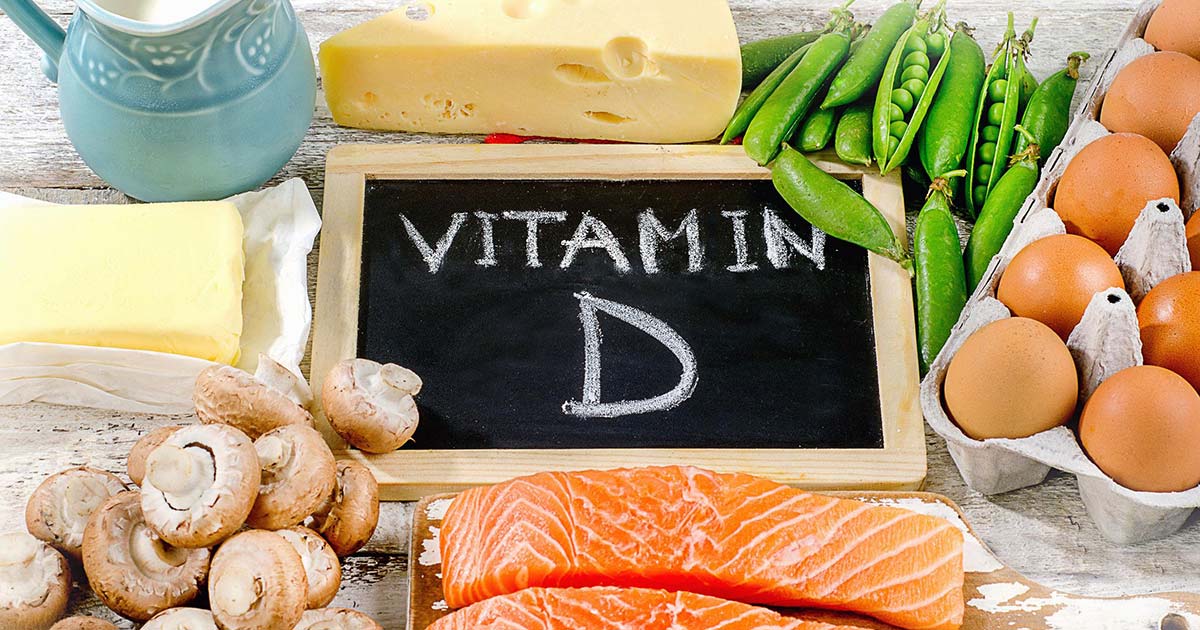UVB rays from the sun help the body produce vitamin D, so in the winter months when there is less light, our bodies cannot naturally produce as much vitamin D. That’s why it’s important to take steps to increase your vitamin D levels during the winter months in particular.
What is a vitamin D deficiency?
Vitamin D is very beneficial. It plays a key role in the absorption of calcium which can strengthen bones and increase the overall health of your bones. A vitamin D deficiency, particularly as an older individual, can lead to osteoporosis or osteomalacia, which is the softening of the bones. In addition, data shows that a vitamin D deficiency is also linked to:
- Type 1 diabetes
- Increased muscle pain
- Breast cancer
- Colon cancer
- Esophageal cancer
- Prostate cancer
- Issues with the lymphatic system
- Increased risk of heart attacks
- Increased blood pressure
Ways To Get More Vitamin D
Eat foods rich in vitamin D
Foods that contain high levels of vitamin D are a great way to help avoid a vitamin D deficiency. Foods like pork, mushrooms and fish all contain high levels of vitamin D. In fact, a serving of canned tuna contains about a third of the daily recommended value of vitamin D.
Get outside when possible
Try to get outdoors whenever possible. Just because it’s cold doesn’t mean you can’t get outside and take advantage of the sunshine, if there is any.
Get a vitamin D lamp
If natural sunlight is unavailable, an artificial vitamin D lamp may help. A light therapy lamp may help with a vitamin D deficiency and can also ward off the effects of seasonal affective disorder, a common disorder that can cause depression and usually occurs during the winter months.
Take a vitamin D supplement
Adding a vitamin D supplement into your medication regimen may help. Prior to adding any supplements or new medications, please consult your doctor to ensure it’s recommended.

